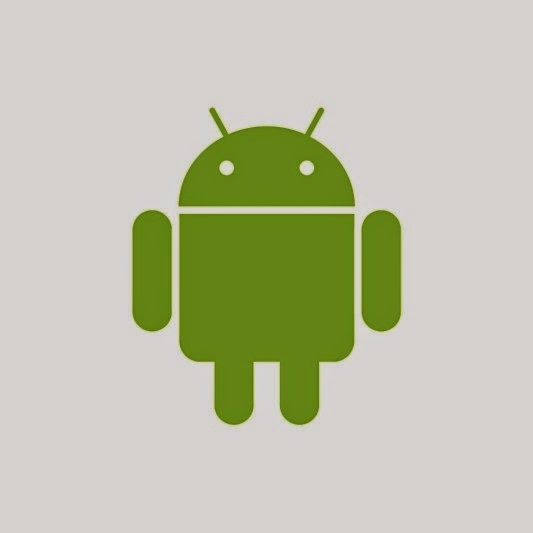
Canadian mobile phone maker BlackBerry has long confirmed the upcoming availability of a new flavor of its BlackBerry 10 operating system, in the form of BlackBerry 10.3, and some more info on what it might have to offer has been provided today.
Apparently, the upcoming OS flavor will feature a certain “Signature Action” on the user interface, which translates into highlighting most used actions on the platform. The info comes from BlackBerry’s Michael Clewley, who posted info on this on his BBM Channel (PIN C00014277), as N4BB reports. “Basically we’ve pulled out the most used action to the center and highlighted it. Using a “Classic BlackBerry Blue” color to highlight the action more,” he said.
For those out of the loop, we should...



 5/05/2014 08:45:00 PM
5/05/2014 08:45:00 PM
 dannzfay
dannzfay



















